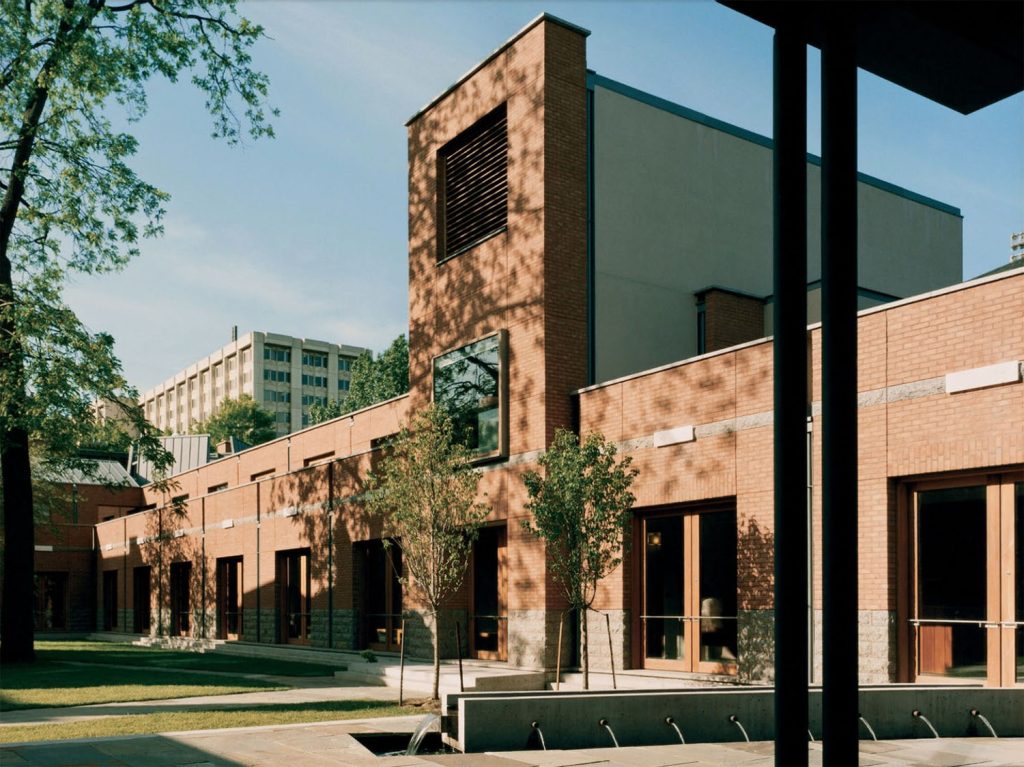
(2)
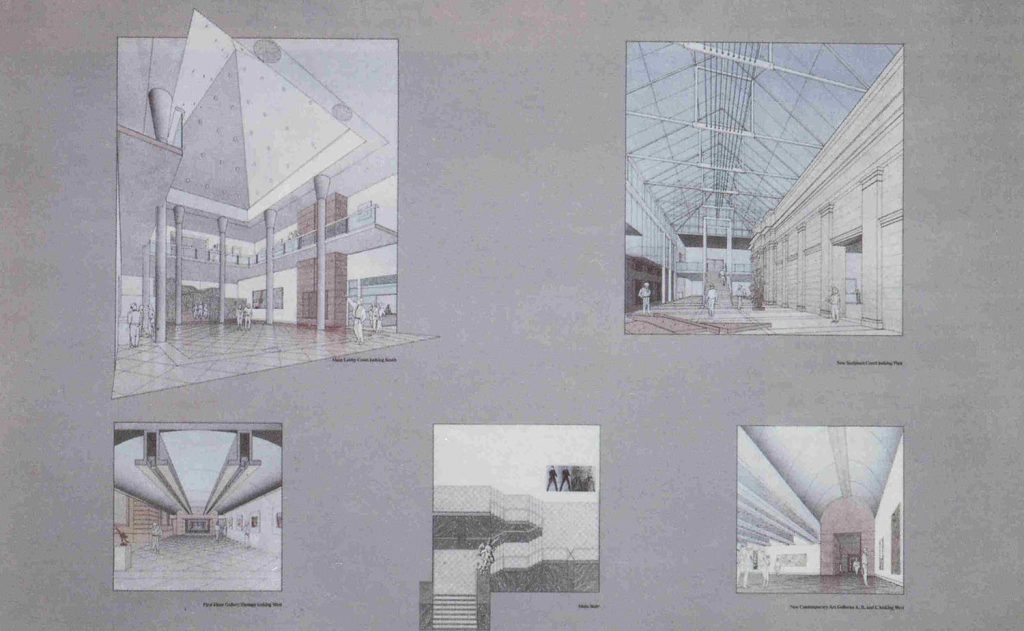
(1)
(1)
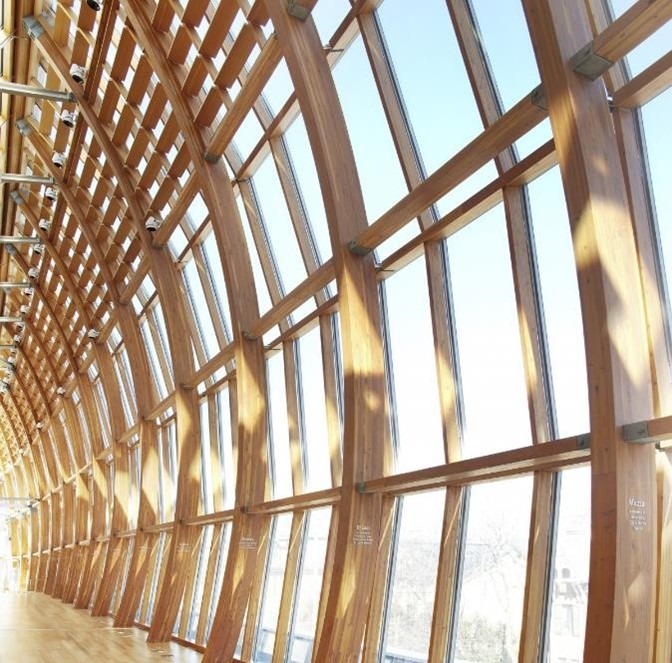
Alex McLean
J’ai de bons souvenirs de visites de la galerie avec mes enfants, alors qu’ils étaient encore tout petits. Ils adoraient se promener dans le bâtiment et jouer dans les différents espaces. Bien qu’il y ait des règles (ne pas toucher l’art, en général), l’espace était suffisamment ouvert et flexible pour qu’il y ait toujours quelque chose sur lequel les enfants pouvaient grimper et explorer, tandis que ma femme et moi pouvions apprécier l’art. Le personnel de la galerie semblait également savoir quand intervenir pour protéger les œuvres d’art de valeur et quand rester en retrait et laisser les gens (les enfants, dans le cas de ma famille) faire ce qu’ils avaient à faire.
Pour moi, la forme atypique du bâtiment et l’agencement des pièces donnent un sentiment de découverte : on ne sait jamais vraiment à quoi s’attendre en entrant dans telle ou telle pièce, en montant tel ou tel escalier, etc. Pour moi, cela donne à l’espace un aspect ludique plutôt que rigide et bureaucratique. Il est public sans être administratif.
Je pense que mon espace préféré dans la galerie a toujours été la Galleria Italia qui longe le bâtiment du côté de la rue Dundas. Les matériaux en sapin de Douglas sont typiquement canadiens et situent le bâtiment dans un environnement national. Bien que l’espace soit étroit, il est long et le plafond est haut, ce qui donne une impression d’ouverture… un peu comme si l’on se trouvait dans une forêt de sapins. Il inverse également la relation de la galerie avec son environnement : de cette galerie, on regarde vers l’extérieur, sur la rue Dundas, qui est très fréquentée. La ville, en ce sens, fait partie de l’exposition. Cela permet de situer la galerie dans son environnement urbain. » (Livret Expériences Vécues Positives de la Qualité dans l’Environnement Bâti 2023, p.71).
Lien Google map: arts+de+l’+ontario/@43.6536066,-79.3950872,17z/data=!3m1!4b1!4m6!3m5!1s0x882b34c5ed5319bd:0xda277755ede046af!8m2!3d43.6536066!4d-79.3925123!16zL20vMDJ2eWxy?entry=ttu&g_ep=EgoyMDI0MDkxOC4xIKXMDSoASAFQAw%3D%3D
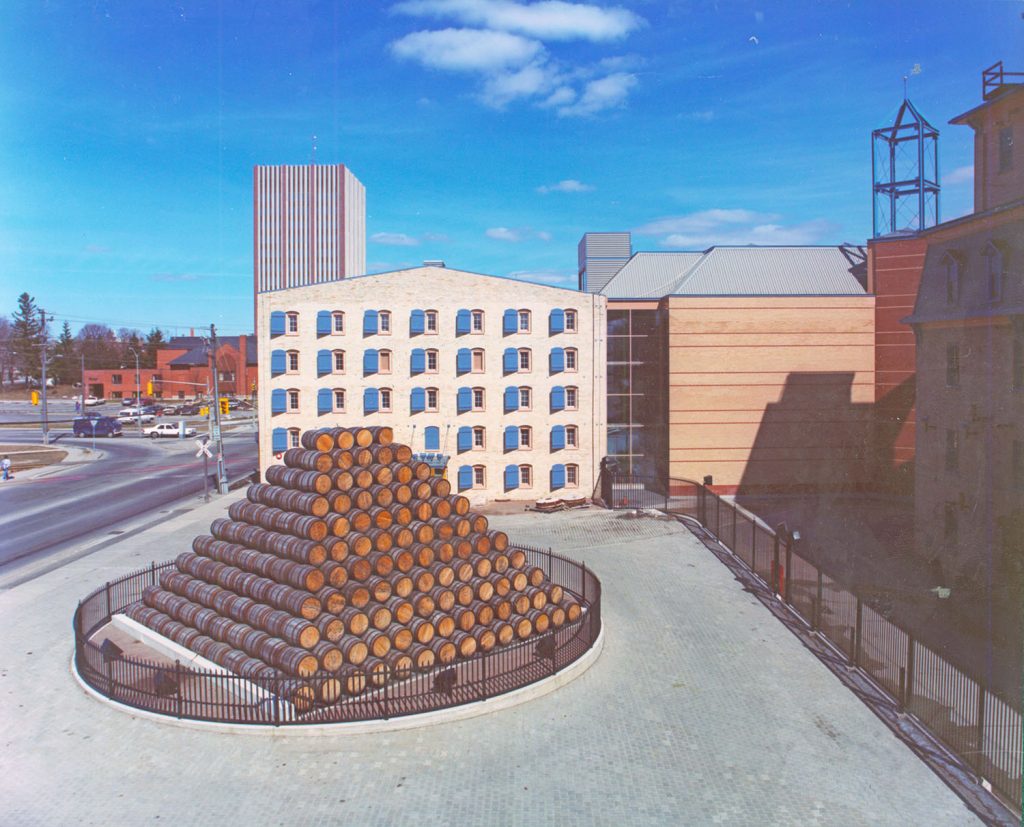
(1)
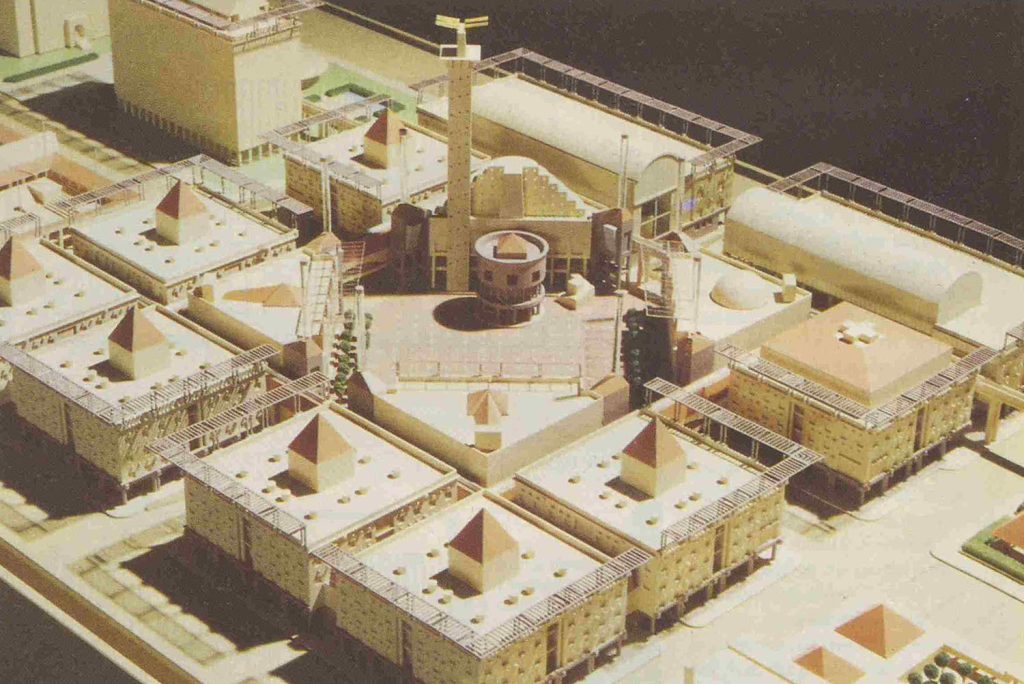
(1)

(2)

(1)
(1)

Alex McLean
I have fond memories of visiting the gallery with my children, when they were still toddlers. They loved to wander the building and play in the various spaces. Though there were rules (don’t touch the art, generally) the space was open and flexible enough that there was always something for kids to climb on and explore while me and my wife were able to appreciate the art. Staff of the gallery also seemed good at knowing when to intervene to protect valuable artwork and when to hang back and let people (kids, in my family’s case) do their thing.
For me, the building’s atypical shape and arrangements of rooms provided a sense of discovery: you never quite know what to expect as you enter a certain chamber, climb a certain set of stairs etc. To me, this makes the space seem playful as opposed to rigid and bureaucratic. It is public without being managerial.
I think my favorite space in the gallery was always the Galleria Italia that runs along the Dundas-facing side of the building. The Douglas Fir materials feel distinctly Canadian, locating the building within a national environment. Though the space is narrow, it is long and the ceiling is high, so it nonetheless feels open… not unlike being in a fir forest. It also inverts the galleries relationship to its surroundings: from this gallery you look outwards onto busy Dundas Street. The city, in this sense, becomes part of the exhibit. This helps locate the gallery specifically within its urban surroundings. » (Booklet Positive Lived Experiences of Quality in the Built Environment 2023, p.72).
Google map link: https://www.google.com/maps/place/Musee+des+Beaux-arts+de+l’+ontario/@43.6536066,-79.3950872,17z/data=!3m1!4b1!4m6!3m5!1s0x882b34c5ed5319bd:0xda277755ede046af!8m2!3d43.6536066!4d-79.3925123!16zL20vMDJ2eWxy?entry=ttu&g_ep=EgoyMDI0MDkxOC4xIKXMDSoASAFQAw%3D%3D

(1)

(1)
